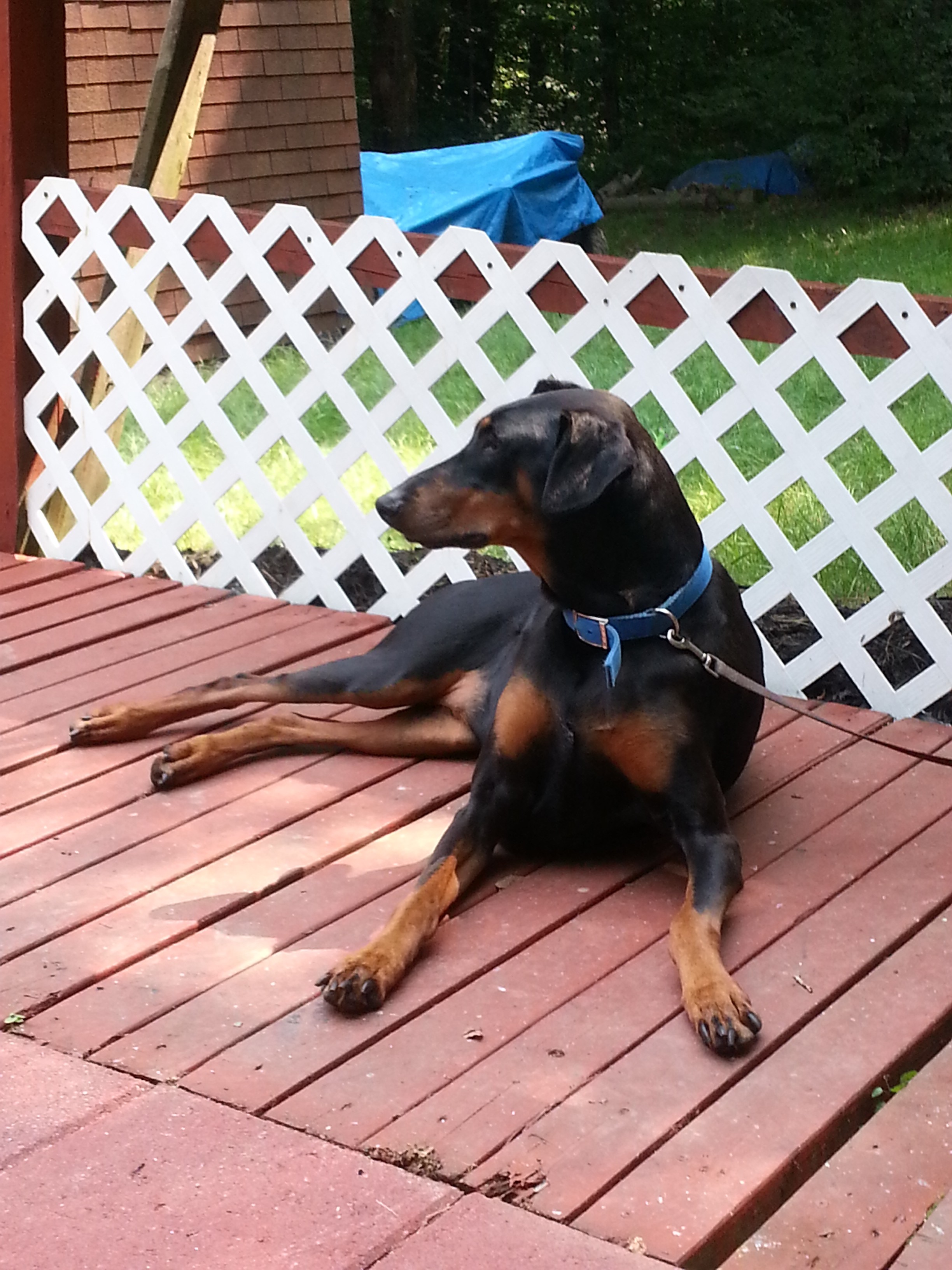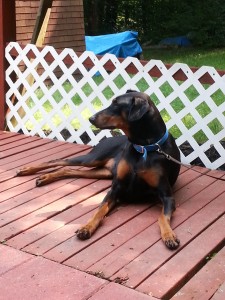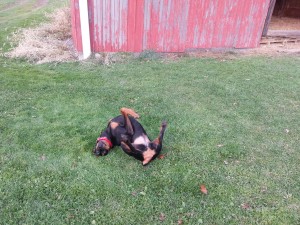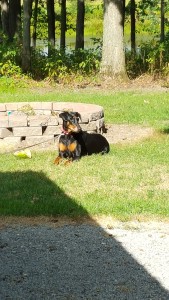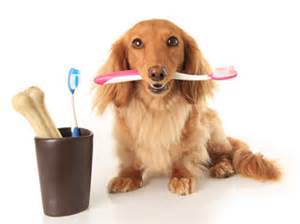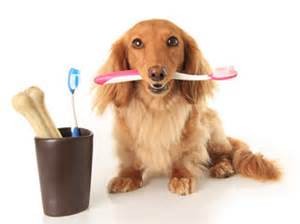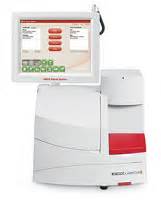As the summer months and holidays approach, it can be a time of more opportunities for your pets to have fun. It is also a time when we start to hear many more loud noises. Some things we may hear are the booms of thunder during a 
Here at North Memorial Animal Hospital, we want to help you work with your pet when they experience noise-phobia. If you think your pet is fearful of loud noises 
Some products we have in our office that may be beneficial in these situations is our products Adaptil (available in spray, diffuser, and collar form), thundershirts in multiple sizes, and Composure treats. Please contact us for more information on these products and to learn more about noise- phobias.
During the month of June we are offering 10% off of all Thundershirts!! Come in today to have your pet fitted properly.


